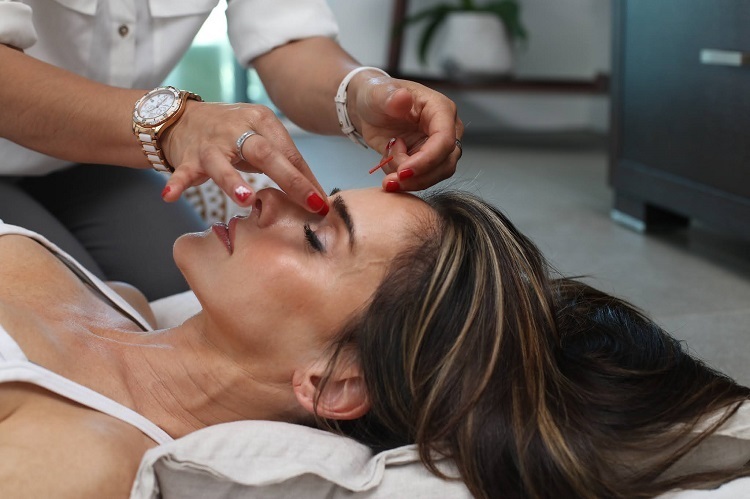There are many causes of scalp hair loss, although, in reality, the human body is covered with fine hair growth, with the exception of the palms of the hand, and if a person suffers from scalp hair loss, it can become quite noticeable and therefore is a problem, especially for the fashion conscious female. The average adult scalp has anywhere from 100,000 to 150,000 strands of hair, and we typically lose hair at a rate of approximately 100 strands per day, so seeing a few strands of hair on your pillow in the morning isn’t necessarily cause for alarm.
Natural Hair Growth Cycles
Approximately 90% of a person’s hair is growing at any given time, and there are three important stages of hair growth, which are:
- Anagen – This is the active growth cycle that lasts from 2-6 years.
- Catagen – This is transitional hair growth, and it typically lasts for a few weeks.
- Telogen –The resting phase for hair, when there is no growth, and this stage lasts for 2-3 months, which results in the hair follicle being shed and a new follicle replaces it and the new growth cycle begins again.
As we age, the rate of natural hair growth slows down, which is why many older men and women suffer with thinned areas, perhaps on the side or the top of the scalp, and as more hair follicles go into the resting phase, hair loss becomes evident.
Alopecia
There are many types of alopecia, a condition that results in the new hair follicles being thinner than their predecessors, and this condition can gradually worsen until such a time that the new hair follicles no longer grow, resulting in baldness. This might only be small patches, or it could affect the entire scalp, but there are innovative modern techniques that allow a woman to have a full head of natural looking hair, without having surgery. If a woman is living in Northern Ireland, there is effective female hair restoration in Belfast, and an online search will give you the contact details of a hair restoration clinic that offers a range of effective treatments for all types of hair loss.
Androgenic Alopecia
This is a genetic condition that can affect both sexes, and with men, the condition typically shows itself in the early twenties, with a receding hairline and perhaps bald patches on both sides. Women who suffer from this disease are not usually affected until they reach the age of forty and it tends to affect the crown and the front hairline.
Alopecia Areata
This form of alopecia can attack children and teenagers and the tell-tale signs are clumps of hair loss. The problem can be quite serious, and sometimes the person suffers total hair loss, but generally the hair will return after a year or two. If a person suffers from this condition, there is effective treatment that is non-surgical and if you contact a reputable hair restoration clinic, they can make some recommendations for suitable treatment.
Hair loss need not be a major problem, even for the fashion conscious female, and with innovative treatments that use human hair extensions, you can have a full head of hair and live a perfectly normal life.









